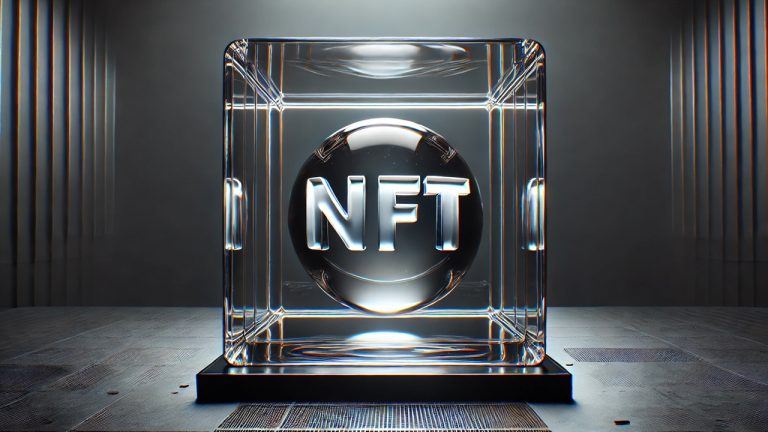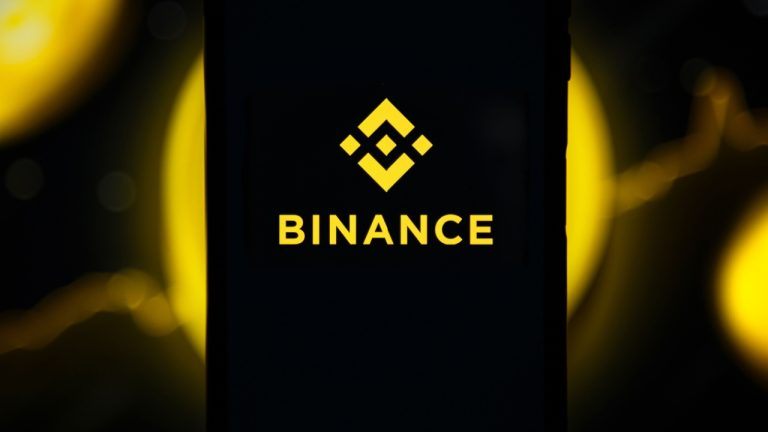
Read this article to know why DeFi, GameFi and SocialFi are not just verticals but also horizontals in a metaverse.
All for one and one for all
We need GameFi, DeFi and SocialFi to create a holistic Metaverse experience. Even with metaverses focusing on one purpose, these elements are essential to ensuring viability and scale.
In essence, a metaverse can scale only if DeFi, GameFi and SocialFi can work together seamlessly. DeFi, in essence, would take care of the financial elements, GameFi the experiential elements and SocialFi the credibility elements for the economic actors.
Without the DeFi elements, a metaverse would lack commercial scalability. Without the GameFi elements, the community would lack the experience motive for continually returning to it. Finally, without the SocialFi angle, the ecosystem’s credibility would not be established. The SocialFi elements ensure users and creators get credentials for their value addition.
This is not to say we won’t see a metaverse that focuses on football, Hollywood or art. But, even in these metaverses, there will need to be mini-games, microtransactions and ecosystem rankings. We are already seeing several SAAS platforms providing these bells and whistles so that teams can focus on the core purpose of their metaverses. All these must come together to create a sustainable economy, sticky platform and an immersive experience for the users and creators of the Metaverse.
Purchase a licence for this article. Powered by SharpShark.
Ecosystem-specific experiences
The future of value creation and exchange will know no national boundaries and jurisdictions. They will all be ecosystem specific. Therefore, all use cases need to be ecosystem-specific.
The future for DeFi, GameFi and SocialFi may be embedded. But, this embedding can only be implemented in a well-oiled ecosystem. The Metaverse that brings these user functions together will not only have experiential elements but also utilitarian and gamification elements.
For instance, a metaverse in which DeFi can be applicable will need to have opportunities for microtransactions. A metaverse in which SocialFi can be embedded will need to have an ecosystem that has creators and consumers contributing, being compensated and acknowledged for these contributions.
Let us now look at what we could see as embedded DeFi. Many of these have already been implemented in several metaverses.
Embedded DeFi
As this space evolves, we see microtransactions, nonfungible token (NFT)-based lending, rental mechanisms, NFT marketplaces, micro token economies, token exchanges and many more bells and whistles that will support the Metaverse economy. Each of these features have their purpose in establishing a scalable economic model within the Metaverse.
For instance, Ecommerce within the Metaverse is already being tried in several ecosystems. Imagine a user with a good bag of NFTs, going into an art gallery. The art is expensive, and the user is short of liquidity. If NFT-lending has been integrated, the user could use their Ape or Punk to borrow some USDC to buy the art.
In the scenario described above, the user interface is extremely important in making the transaction frictionless. In the above example, instead of an Ape, if the ecosystem has a native NFT, that could be used more seamlessly. These NFTs will be more valuable as the user spends more time in the ecosystem — particularly if there are mechanisms by which they can be leveled up.
As users invest more time and effort in upgrading the value of their ecosystem assets like NFTs, land or in-game assets, these assets will play an important role in DeFi elements, which the user can leverage.
Embedded GameFi
The term GameFi is often used in the context of large play-to-earn platforms like Axie Infinity. Yet, in many instances, gamifying an experience is as important as GameFi. Often, these features do not need to be intense Fortnite style gaming experiences. They can use casual games, leaderboards, loot boxes, battle passes and raffles to provide gamified experiences.
Much like DeFi components that add value to the economic model, GameFi elements are not only helpful in increasing user retention, but also critical to keeping users engaged and invested in the platform.
Components of GameFi rely on both DeFi and SocialFi to succeed. For instance, those who want to be part of a leaderboard can borrow or rent an NFT to participate. On a similar note, the leaderboards are only effective if the SocialFi elements are built with gamers and creators in mind.
Embedded SocialFi
Last but not least, SocialFi keeps the soul of the creator’s economy intact in a metaverse implementation. A metaverse often involves various stakeholders: asset creators, asset holders, gamers and/or users. A sustainable model is achieved when all these stakeholders or economic actors are incentivized proportional to the value they add.
This is often where gamifying the experience interacts with SocialFi principles. For instance, gamers who play and win consistently go up the ladder within the ecosystem. As a result, they will accumulate experience points. Similarly, creators whose assets perform well in the ecosystem will be rated highly.
This form of “social swag” is also critical in DeFi transactions. Creators and gamers with social scores or experience points can get better deals when they tap into the DeFi components of the Metaverse. More social swag allows economic participants to accrue value within the ecosystem faster.
Most of these activities within the Metaverse are on-chain, and concepts like soul-bound tokens can also be used to build credibility within a Metaverse economy.
Conscious vs. unconscious experiences
Understanding the differences between conscious and unconscious experiences is essential for seeing how these applications interact in the Metaverse. Should they blend in or should they stand out?
Let us consider examples of a conscious and an unconscious experience. If a passenger went to the ticket counter, picked up £10 from their wallet and bought a ticket for a train journey into London, it is a conscious user experience. If a passenger walks into the station and uses near field communication (NFC) on their phone to tap and walk through the barrier to take the train, it’s an unconscious experience.
One of the key goals In traditional fintech applications is to make performing financial transactions seamless, frictionless and as unconscious as possible. Similarly, you do not have to compete with your friend or colleague in a “Call of Duty” experience. The competitive spirit can be gamified through likes and views on Instagram.
Coming back to the Metaverse, all three paradigms — DeFi, GameFi and SocialFi — would be embedded experiences. This is not to say we won’t have metaverses like the Otherside where people come to play. But many of these paradigms will be unconscious experiences, making the paradigms more horizontal (embedded) than verticals (standing out from unconscious actions).
The Metaverse, the convergence
The Metaverse is expected to be the next avatar of the internet. As the internet is now, the Metaverse will have various virtual economic models powered by Web3. These models can have their roots in financial services, gaming or social media. Yet, there will be constant cross-overs and interactions across these models as they coexist in the Metaverse.
In the world of Web3, we often perceive decentralized finance (DeFi), GameFi and SocialFi as separate verticals or sectors. The inception of these three subclusters of Web3 happened at different times over the last few years. But as the space evolves and the Metaverse concept of matures, we are more likely to see them integrate into a Metaverse experience as horizontals.
All of these concepts are still in their nascent stages and use crypto to support their economic models. Most of the current implementations within DeFi, GameFi and SocialFi are standalone decentralized applications (DApps). However, that is set to change with the Metaverse becoming a part of the household.
Let us understand why it is critical to differentiate the capabilities of verticals versus horizontals. When we look at a GameFi application within a metaverse, we see that it is a dedicated gaming experience that draws users into the Metaverse. They play the game and leave the platform fulfilled.
The same can be the case for DeFi and SocialFi apps as verticals. For users who come to the platform to perform DeFi transactions or want to interact with their friends in Twitter or Instagram-like experiences, the apps are there as verticals. They stand out as an experience.
But the Metaverse is not just a collection of applications. It is more a bundle of conscious and unconscious user experiences within a scalable economic model. The conscious experiences can be categorized as verticals and the unconscious experiences as horizontals.

You can get bonuses upto $100 FREE BONUS when you:
💰 Install these recommended apps:
💲 SocialGood - 100% Crypto Back on Everyday Shopping
💲 xPortal - The DeFi For The Next Billion
💲 CryptoTab Browser - Lightweight, fast, and ready to mine!
💰 Register on these recommended exchanges:
🟡 Binance🟡 Bitfinex🟡 Bitmart🟡 Bittrex🟡 Bitget
🟡 CoinEx🟡 Crypto.com🟡 Gate.io🟡 Huobi🟡 Kucoin.



















Comments